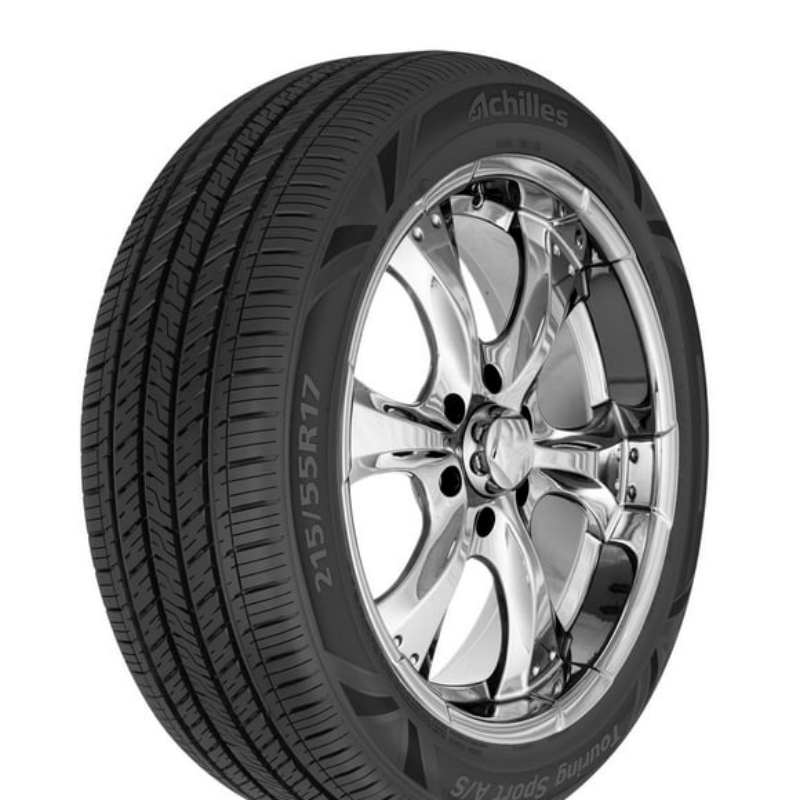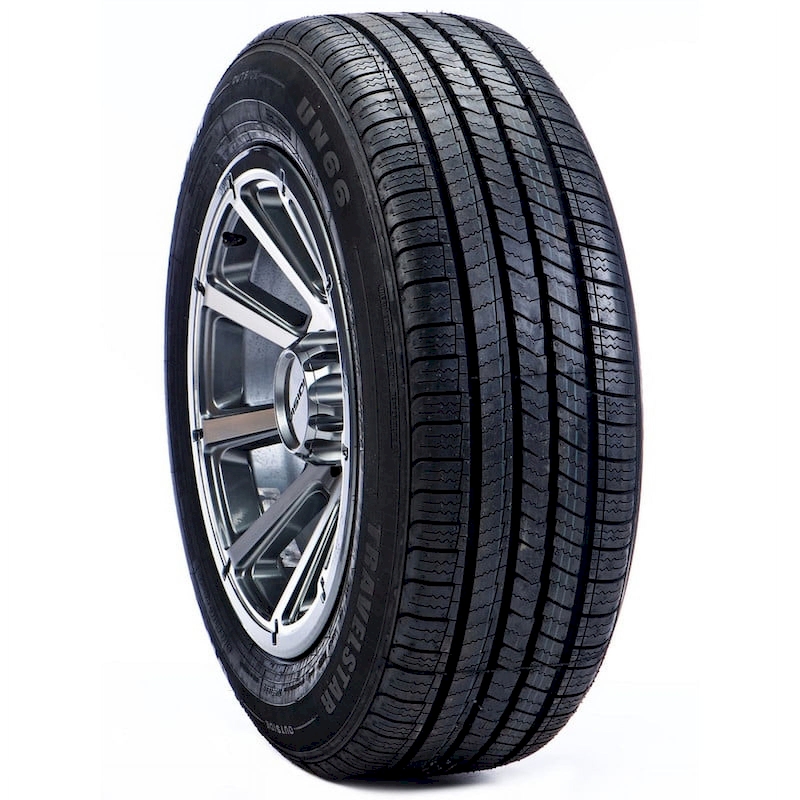If you have noticed that the inside of your tire is wearing out faster than the outer edges, you may be wondering why this is happening. When tires wear unevenly, it can indicate underlying issues that could affect your vehicle’s performance, safety, and handling. So, why is the inside of my tire wearing out? Common culprits for this type of wear include misalignment, improper tire pressure, and issues with suspension components. Addressing these factors promptly can help you extend the life of your tires and ensure a safe driving experience.
In this comprehensive article, we will explore the various reasons for uneven tire wear, particularly focusing on the inner edge. We’ll discuss how to identify signs of inner tire wear, the implications of ignoring this issue, and practical solutions to remedy the wear. Additionally, we’ll provide maintenance tips to keep your tires in optimal condition and prolong their lifespan. By the end of this guide, you’ll have a thorough understanding of why the inside of your tire is wearing out and how to address the problem effectively.
Understanding Tire Wear Patterns
To address the question of why the inside of my tire wearing out, it’s crucial to understand the different ways tires can wear over time.
Types of Tire Wear
Tire wear can manifest in various patterns depending on several factors:
- Even Wear: Ideally, tires should exhibit even wear across the tread surface, which indicates proper tire maintenance and alignment.
- Uneven Wear Patterns: Uneven wear can indicate specific issues with alignment, suspension, or driving habits. The most common patterns include:
- Center Wear: Where the tread in the middle wears down faster, often due to over-inflation.
- Outer Edge Wear: Where the outer edges of the tire tread wear more rapidly, typically indicating under-inflation or alignment issues.
- Cupping or Scalloping: A wear pattern characterized by high and low points along the tread surface, often linked to suspension issues.
Identifying Inner Tire Wear
Given that your focus is on the inside of your tire, inner tire wear is particularly important to recognize:
- Visual Inspection: Look for noticeable differences in tread depth between the inner and outer edges. If the inner tread is significantly more worn, that’s a clear sign of inner tire wear.
- Using a Tread Depth Gauge: This tool can help measure tread depth accurately and can provide concrete evidence of wear.
Common Causes of Inner Tire Wear
Understanding the reasons behind inner tire wear can facilitate quicker diagnosis and effective remedies.
Wheel Misalignment
One of the leading causes of inner tire wear is misalignment:
- What is Wheel Misalignment? Wheel alignment refers to the angle at which your wheels make contact with the road. If your wheels are misaligned, it can lead to uneven tire wear patterns.
- Symptoms of Misalignment: You may notice symptoms such as your vehicle pulling to one side while driving, an off-center steering wheel, or inconsistent tire wear.
Incorrect Tire Pressure
Improper tire pressure is another significant factor that can lead to inner tire wear:
- Under-Inflation Effects: When tire pressure is low, tires can flex more than intended, leading to excessive wear on the inner edges.
- Over-Inflation Consequences: Conversely, overly inflated tires can reduce the contact area on the road, which can also lead to irregularities in wear over time.
Worn Suspension Components
The condition of your vehicle’s suspension system directly affects tire wear:
- Role of Suspension: The suspension system is designed to keep your tires in proper contact with the road. Worn components such as shocks and struts can allow for improper tire contact.
- Signs of Suspension Issues: If your vehicle bounces excessively over bumps or feels unstable while driving, it may indicate that suspension components need inspecting and potentially replacing.

Driving Habits
Your driving style has a direct impact on how your tires wear:
- Aggressive Driving: Rapid acceleration, hard braking, and aggressive cornering can place undue stress on tires, causing uneven wear over time.
- Smooth Driving Benefits: Adopting a more moderate driving style can help prolong tire life and reduce instances of uneven wear.
Uneven Weight Distribution
How weight is distributed in your vehicle can significantly affect your tires:
- Overloading Concerns: Carrying excessive weight or unevenly distributed cargo can put additional pressure on one side of the vehicle, leading to faster inner tire wear.
- Payload Awareness: Be mindful of your vehicle’s load capacity and ensure that weight is evenly distributed to minimize wear.
Signs That Your Tires Are Worn
Recognizing the symptoms of tire wear early is vital to avoid more serious problems.
Visual Indicators
Regularly inspecting your tires can help you catch inner wear early:
- Tread Inspection: Look for noticeable differences in tread levels. As previously mentioned, if the inner edge appears significantly more worn than the outer edge, it indicates an issue.
- Cracks and Bulges: If you notice structural damage, such as bubbles or tears, it’s essential to address these problems immediately.
Driving Sensations
Pay attention to how your vehicle feels while driving:
- Vibrations: If you feel vibrations or pulling to one side, these issues may indicate uneven wear or misalignment, requiring immediate attention.
- Handling Changes: A sudden change in how your vehicle handles can also signal tire problems. If it feels unstable or hard to steer, consult a professional.
Implications of Ignoring Inner Tire Wear
Failing to address inner tire wear can lead to serious consequences affecting both safety and finances.
Safety Risks
Driving on tires that are worn unevenly can compromise safety:
- Reduced Traction: Worn tires do not grip the road as effectively, increasing the risk of skidding or losing control, especially in wet or slippery conditions.
- Increased Blowout Risk: Tires that show significant inner wear are more susceptible to blowouts, posing a potential danger while driving.
Financial Implications
Ignoring tire wear can lead to higher costs down the line:
- Cost of Replacement: Tires that wear unevenly will often need to be replaced sooner than properly maintained tires, leading to unnecessary expenses.
- Fuel Efficiency: Poorly maintained tires can result in decreased fuel efficiency, costing you more in gas over time.
Solutions for Inner Tire Wear
Addressing inner tire wear efficiently can save you money and enhance safety.
Inspect and Assess
The first step is to assess the overall condition of the tires:
- Thorough Inspection: Regularly check your tire wear and take note of any significant differences between tread depths.
- Professional Evaluation: If you’re unsure about the condition of your tires, consider having a professional inspect them. A qualified mechanic can provide insights into potential issues.
Correct Underlying Problems
Once the cause of the inner tire wear is identified, it’s crucial to correct any underlying issues:
- Realign Your Wheels: If misalignment is the culprit, take your vehicle to a shop for a professional alignment adjustment. This can help restore proper angles and prevent further wear.
- Replace Worn Suspension Parts: If the inspection reveals worn or damaged suspension components, have them replaced. This will help ensure that your tires maintain proper contact with the road.
Maintain Proper Tire Pressure
Managing tire pressure is vital in prolonging tire life:
- Regular Pressure Checks: Use a tire pressure gauge to check pressure monthly. Keep track of recommended pressure levels in your vehicle’s owner manual.
- Adjust Accordingly: Make any necessary adjustments to ensure your tires remain at optimal inflation levels.
Adopt Safe Driving Practices
Changing driving habits can help prevent unnecessary tire wear:
- Gentle Acceleration and Braking: Aim for smooth transitions while driving. This not only helps in reducing tire wear but also enhances comfort.
- Avoid Overloading: Monitor how much weight your vehicle is carrying. Keeping within recommended limits will help maintain proper tire function.
Maintenance Tips to Prolong Tire Life
Implementing good maintenance practices can significantly extend your tire lifespan.
Regular Tire Rotations
Rotating your tires regularly helps ensure even wear:
- Every 5,000 to 8,000 Miles: As a general rule, practice rotating your tires within this mileage; this encourages equal wear across the tread.
Monitor Alignment
Keep track of your vehicle’s alignment:
- Frequent Checks: Make it a habit to check your wheel alignment at least once a year or after any significant road impacts that may have altered it.
Invest in Quality Tires
When purchasing new tires, focus on quality:
- Choose Reputable Brands: Selecting tires from well-established manufacturers often guarantees better performance and longevity.
- Consider Tire Types: Depending on your driving needs—such as all-weather, performance, or off-road tires—your choice can impact overall wear and performance.

Conclusion
Understanding why the inside of your tire is wearing out is fundamental for ensuring vehicle safety and maintaining the longevity of your tires. Various factors, including misalignment, improper tire pressure, suspension problems, and driving habits, can contribute to this type of wear.
By being proactive and vigilant about tire maintenance, including regular inspections, proper driving techniques, and timely professional evaluations, you can minimize these issues and prolong the life of your tires. Ignoring inner tire wear may lead to significant safety risks, increased costs, and potential performance problems.
In summary, being informed and taking the necessary actions can help ensure that your tires remain in optimal condition, ultimately leading to a safer and more economical driving experience. Remember, a small effort in tire maintenance goes a long way in keeping you and your passengers safe on the road.